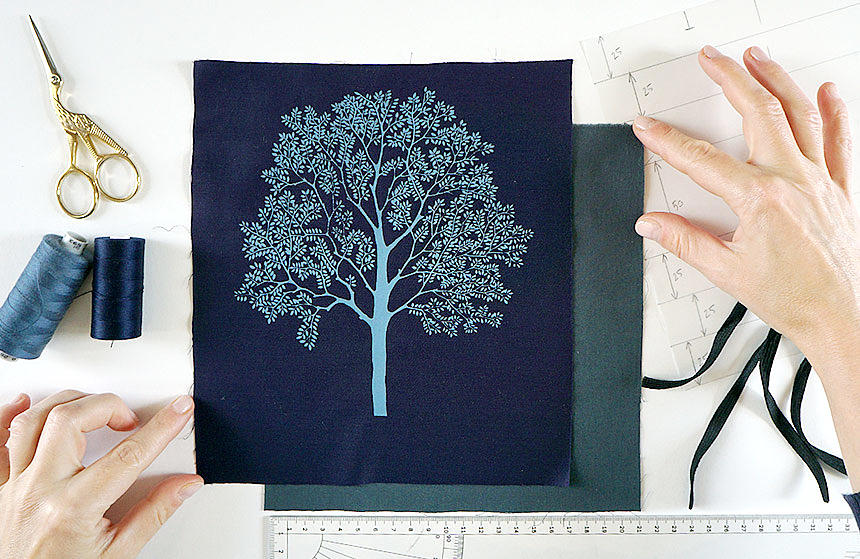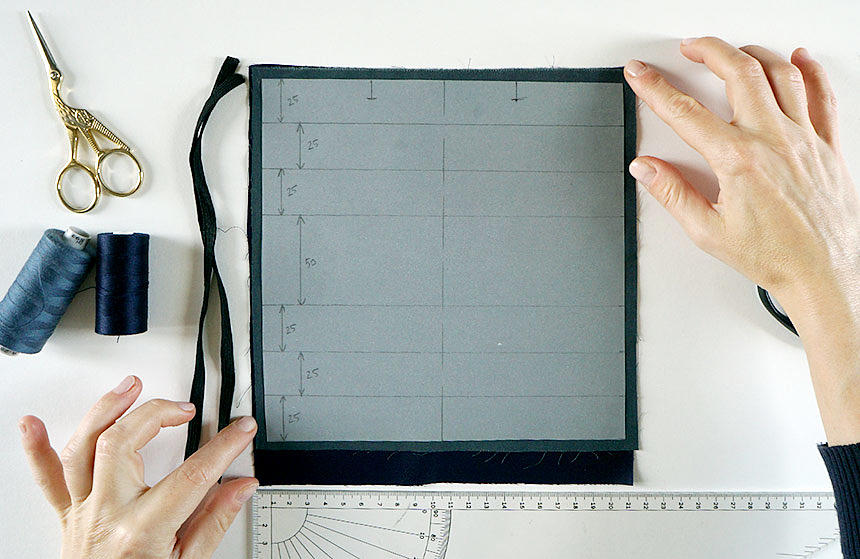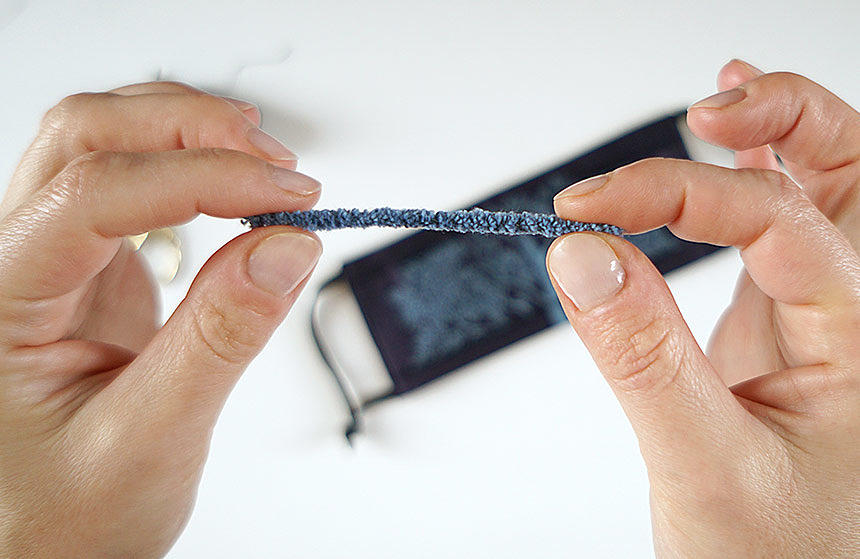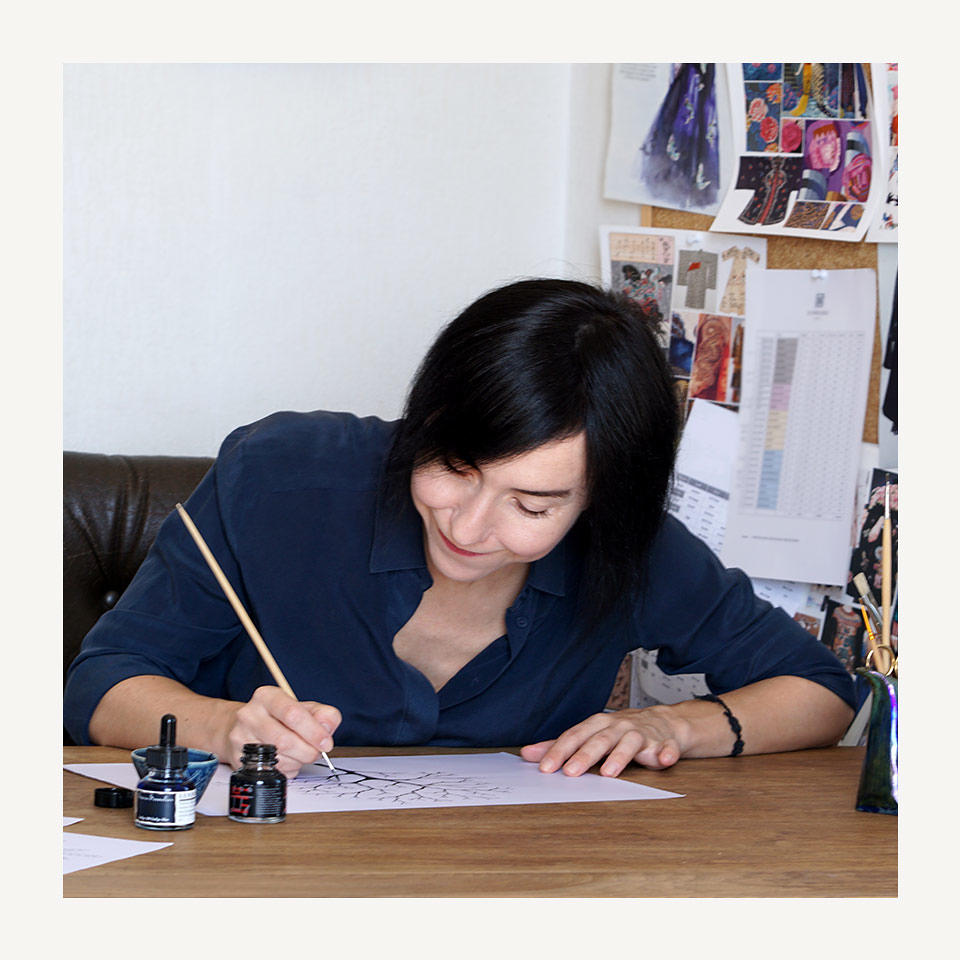
Sewing Sewing a Mask | Updated Version
First version of this tutorial (sewing without elastics) is available here.
This mask was created using the pattern provided by AFNOR (French Standardization Association) here :
www.afnor.org.
I added an opening at the bottom to have a possibility to insert a filter, just like if it was a pillowcase.
Unlike the mask with the central stitch, this model is less fitted and as a result a little less classy. But having sewed, worn and offered both, I finally find this one more comfortable in the long run: it's a bit like a difference between wearing a tight pencil skirt and a cotton hippie dress =) And since once outside it's better to not to touch the mask, I find this model more versatile: you can laugh, talk and even scream without having to adjust it.
Good sewing,
Ania.
The pleat steps: 25 mm – 25 mm – 25 mm – 50 mm – 25 mm – 25 mm – 25 mm
(in inches it looks like this: 1 – 1 – 1 – 2 – 1 – 1 – 1)

Wash, dry and cut your fabric, adding a little margin for sewing.
I went like this:
- a 21 x 21 cm square of inner fabric (8,3 in x 8,3 in)
- a 21 x 23 cm rectangle of outer fabric (8,3 in x 9 in)
I've added an extra 2 cm on the bottom of the outer square to make the flap (which will turn our mask into a miniature pillowcase =)

Otherwise, to make fabric straps, cut a strip of fabric 3 cm wide and at least 1 metre long (1 x 40 inches)
Make the hems at the bottom of each piece of fabric, this will allow us to have a neat opening.


I put them in place on-the-fly, while sewing the perimeter, this seems to me the easiest and fastest way to do it.
Make a perimeter stitching on all three sides, just like we were making a pillowcase. Be sure to take the elastic in the seam. There is no need to reinforce the seam in these places, it will be done automatically when we will sew pleats.




Sew on both sides (those with pleats and elastics). I do a double stitching to avoid excess tension on one thread.

To do so, all you need is a simple seam ~8 cm (3 in) long at 0.5-1 cm (0.4 in) from the edge at the top of your mask.

For my part I use pipe cleaners =)
It does the job, it's soft and fluffy, and I find this object pretty cute.


And most importantly, wash your mask after each use.
Do not forget to wash your mask if it is a gift for someone ♥





